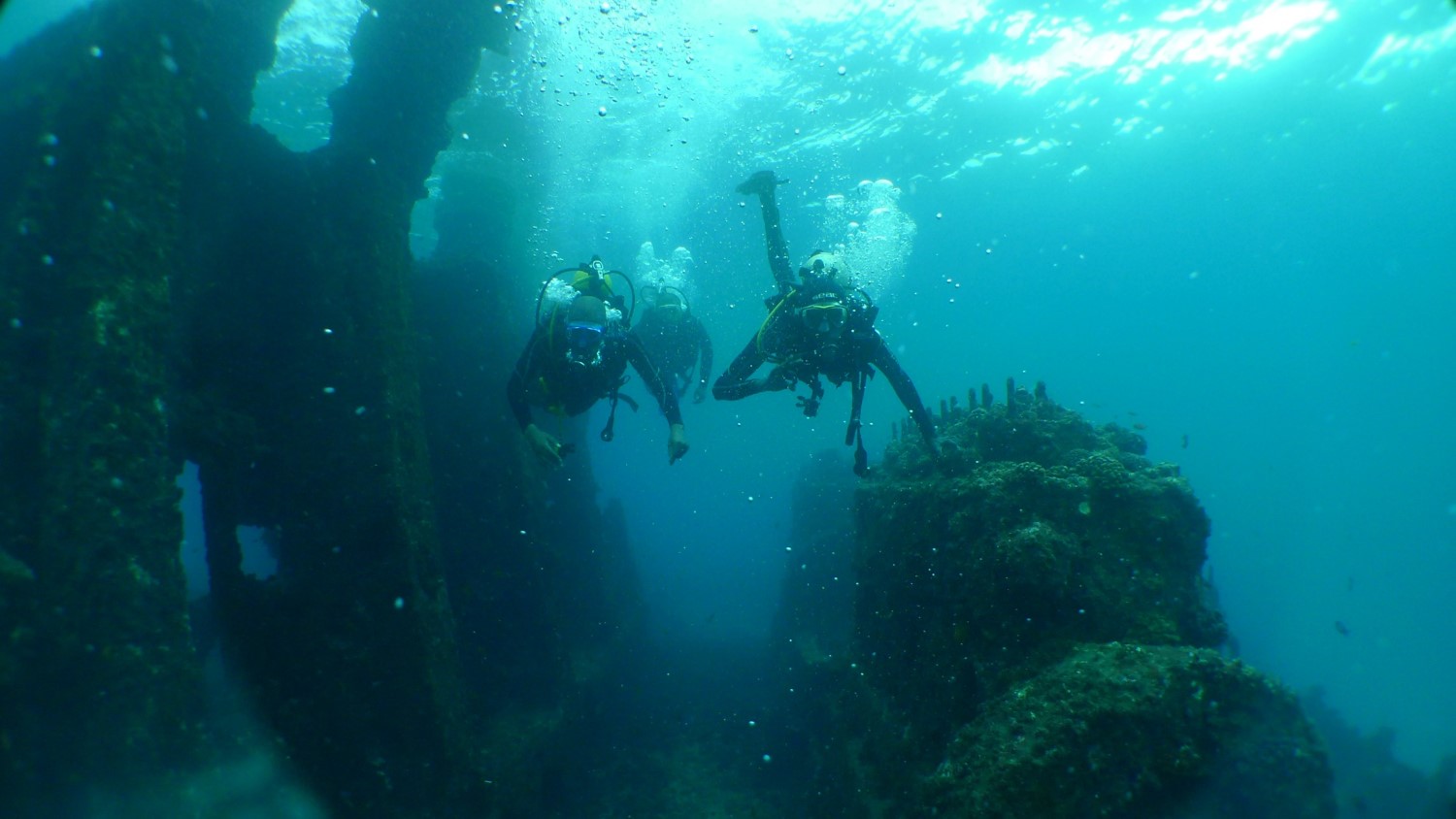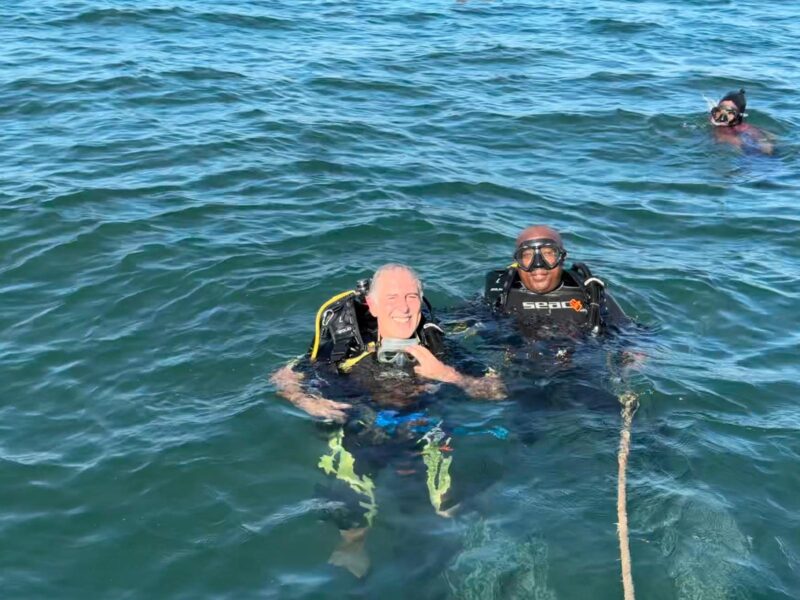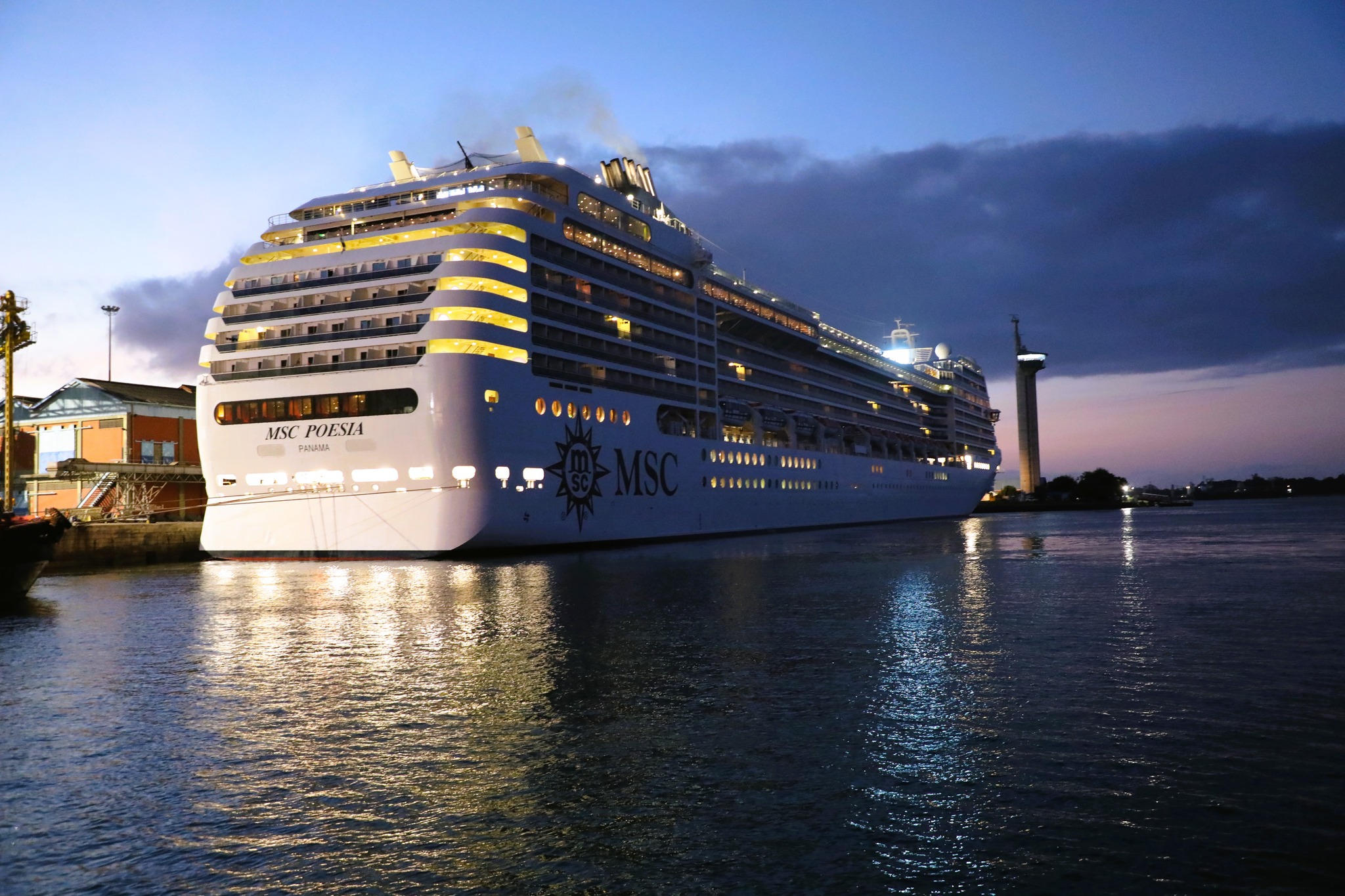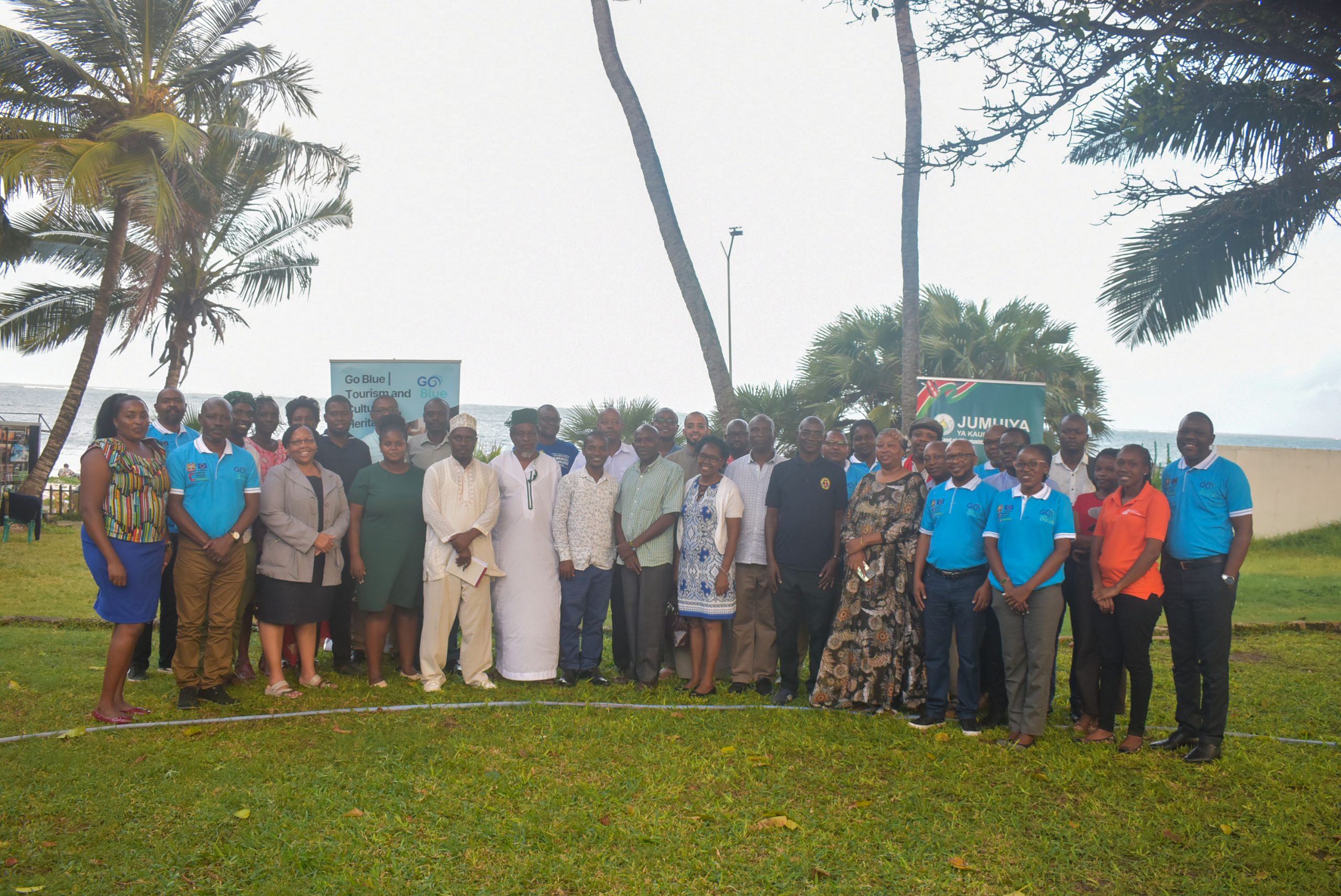Photo Courtesy of Dr Caesar Bita, NMK
As Kenya boasts of successfully exploiting its conventional cultural assets to fuel tourism growth, archaeologists are working round the clock to promote the Underwater Cultural Heritage (UHC) as the next frontier in harnessing the blue economy.
It is a new product in the tourism industry that can empower communities through creation of self-employment and entrepreneurship. Just as the country has developed her land-based attractions including historical monuments of Fort Jesus, Gede, Vasco da Gama pillar, Lamu among many others, the submerged sites are a viable attraction.
Kenya’s Head of Underwater Archaeology at the National Museums of Kenya (NMK) Dr Caesar Bita said that in the landscape of Kenya’s tourism sector, which heavily relies on wildlife, natural landscapes, and terrestrial cultural sites, the underwater space presents a unique opportunity for diversification.
“The journey towards recognizing the significance of underwater cultural heritage in Kenya began in the 1970s with the discovery and excavation of the 17th-century Portuguese shipwreck, Santa Antonio De Tanna, in Mombasa. This marked a pivotal moment, positioning Kenya as a pioneer in underwater archaeology within sub-Saharan Africa,” said Dr Bita.
Globally, opportunities abound within UCH tourism, ranging from underwater dive tours and photography to cultural heritage trails.
Dr. Bita says NMK is developing partnership with various stakeholders, including government agencies, local communities, and the business sector which is key in amplifying efforts toward heritage preservation and economic empowerment.
“As Kenya navigates toward a more diversified tourism portfolio, the exploration of its underwater cultural heritage offers a pathway toward sustainable growth and community empowerment.
“By harnessing the richness of its maritime past, Kenya can carve out a niche in the global tourism market while preserving its cultural identity for future generations to cherish and explore,” said the expert.
The United Nations Education, Scientific and Cultural Organization (UNESCO) has been at the forefront pushing for the ratification of the 2001 United Nation Convention on Underwater Cultural Heritage.
In 2019 during the conference on underwater archaeology in Malindi in Kenya’s north coast, UNESCO called on the East African countries and adjacent Indian Ocean countries to ratify the 2001 convention on underwater cultural heritage.
The then Director, UNESCO Regional Office for Eastern Africa Anne Therese Ndon-Jatta said Kenya has made strides in the field but has not domesticated the convention.
Of all the 13 countries in the region, the UNESCO director said only Madagascar had ratified the convention leaving all the remaining countries operating without proper guidelines.
Dr Bita says although Kenya is yet to ratify the convention, the ratification process is at an advanced stage.
“Currently the country is increasing capacity by training more local underwater archaeologists. Currently with support of UNESCO Eastern Africa office, Kenya has trained five more professionals.
Over the years, Kenya has made significant strides in developing its capacities in maritime archaeology, with the National Museums of Kenya (NMK) spearheading efforts to document and conserve underwater cultural heritage sites.
The coastal towns of Mombasa, Malindi, and Lamu boast a wealth of underwater treasures, including ancient shipwrecks laden with historical artifacts.
In Mombasa, the discovery of shipwrecks such as the Sussex and the Globe Star has ignited interest in underwater archaeological studies.

Photo Courtesy of Dr Caesar Bita, NMK
Similarly, Malindi’s Ngomeni Shipwreck, dating back to the 16th century, offers a tantalizing glimpse into Kenya’s maritime history. Surveys in Malindi have discovered 16th century Ngomeni Shipwreck with a cargo that included ivory, copper, and cinnabar among others. This ship, now the oldest shipwreck in sub-Saharan Africa forms an interesting piece for underwater cultural heritage tourism.
Lamu archipelago prides itself with several islands but the main ones are Lamu, Manda and Pate, all with ancient towns by the same names. Underwater surveys in Lamu have discovered amazing shipwreck sites in the waters of the archipelago some with massive iron anchors and potteries further enriching the nation’s underwater cultural heritage landscape.
Dr Bita says of the development immense potential of underwater cultural heritage tourism requires concerted efforts and strategic partnerships. However, creation of sustainable UCH tourism should uphold ethical standards and preserve the integrity of these invaluable resources. NMK being the custodian of cultural heritage has the capacity to ensure this.” he told Media for Nature.
SUSTAINABLE UCH TOURISM PRODUCT
Experts in the field say that globally, many governments have few resources devoted to heritage preservation and yet there is pressure to conserve, protect and sustainably use this resource to generate income.
“Underwater Cultural Heritage is a resource which should be sustainably exploited for the economic benefits of the people of Kenya and in creation of employment for the growing population of youth.
“UCH tourism has a huge potential of generating income and creating employment opportunities for the ever-expanding population of youth, it has the potential to strengthen communities’ economic` capacity. There is need therefore to increase awareness on the need to conserve the heritage,” said Dr Bita.









